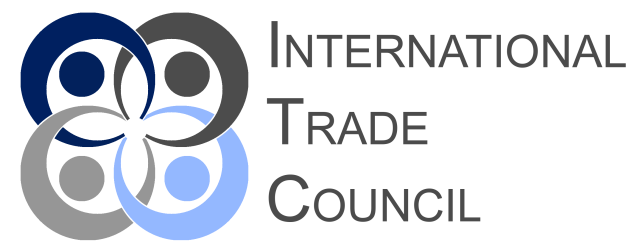The analysis of Norway's top ten largest imports highlights the country's dependence on a diverse range of goods to support its growing and dynamic economy. These imports are essential for various industries, including electronics, automotive, construction, healthcare, and textiles. The primary source countries for these imports are Germany, Sweden, the United States, and China. As Norway continues to expand its economy and develop its industrial base, understanding the trends and patterns in its import sector is crucial for businesses and policymakers alike.
Future research could examine the potential impact of regional trade agreements, such as the European Economic Area (EEA) and the European Free Trade Association (EFTA), and geopolitical factors on Norway's import landscape. Additionally, exploring the opportunities and challenges posed by emerging technologies, such as renewable energy and digitalization, could provide valuable insights into the future direction of Norway's import sector. Furthermore, investigating the role of Norway's domestic industries in meeting the country's import demands and the potential for import substitution could offer a more comprehensive understanding of the nation's economic landscape.
Norway, a Nordic country in Northern Europe, has a robust economy, which relies heavily on international trade, including imports. The country's key economic sectors include oil and gas, shipping, fisheries, and renewable energy. In this research article, we will analyze the top ten largest imports in Norway (sorted alphabetically) based on their most recent volume and dollar values and identify the countries from which these goods are imported.
Aircraft and Aircraft Parts: In 2020, Norway imported aircraft and aircraft parts worth $1.9 billion. These imports are crucial for the country's aviation and transportation industries. The primary sources of these imports are the United States, France, and Germany, which together account for a significant share of Norway's aircraft and aircraft part imports.
Computers and Electronic Products: Norway imported computers and electronic products worth $3.2 billion in 2020. These imports are essential for the country's information technology and electronics sectors. The main sources of these imports are China, the United States, and Germany, which together account for a significant share of Norway's computer and electronic product imports.
Food Products: In 2020, Norway imported food products worth $6.1 billion. These imports include meat, fish, fruits, vegetables, and dairy products. The main sources of food product imports are Sweden, Denmark, and Germany. These imports help to diversify Norway's food supply and support the country's food processing industry.
Machinery: Machinery, including industrial and manufacturing equipment, is another critical import for Norway, with an import value of $9.3 billion in 2020. Germany, Sweden, and the United States are the main suppliers, providing machinery essential for the development of Norway's manufacturing, construction, and services sectors.
Medical and Pharmaceutical Products: Norway's healthcare sector relies heavily on imports for medical and pharmaceutical products. In 2020, the country imported these products worth $3.5 billion. The primary sources for these imports are Germany, Denmark, and the United States, which provide Norway with essential pharmaceuticals, medical devices, and equipment.
Mineral Fuels and Oils: Mineral fuels and oils, including refined petroleum products, are significant imports for Norway. In 2020, the import value of mineral fuels and oils stood at $2.4 billion. Russia, the United Kingdom, and the Netherlands are the main suppliers, providing the country with various refined petroleum products like diesel, gasoline, and kerosene to meet domestic energy demands.
Plastics: Norway's plastic industry is highly dependent on imported raw materials, with plastics imports worth $2.1 billion in 2020. The primary suppliers are Sweden, Germany, and Denmark. These imports include plastic resins and other raw materials needed for the production of various plastic products, such as packaging, automotive components, and household goods.
Ships, Boats, and Floating Structures (continued): These imports include various types of vessels, such as cargo ships, oil tankers, and offshore platforms, which are essential for Norway's shipping and oil and gas industries. These imports also support the country's shipbuilding and repair sectors, which contribute significantly to the national economy.
Textiles: Textiles are crucial imports for Norway's fashion and apparel industry. In 2020, the country imported textiles worth $1.8 billion. The main sources of textile imports are China, Sweden, and Germany. These imports include raw materials like fibers and yarns, as well as finished products such as fabrics, clothing, and home textiles. The textile industry plays a vital role in the country's export sector, with Norway exporting garments, textiles, and footwear to various global markets.
Vehicles and Parts: Vehicles and parts are another significant import category for Norway, with an import value of $4.6 billion in 2020. The country imports a range of vehicles, including passenger cars, commercial vehicles, and motorcycles, as well as parts for assembly and maintenance. Major suppliers of these products to Norway are Germany, Sweden, and Japan. These imports support the local automotive industry, which is an essential part of Norway's economy, and cater to the growing demand for personal and commercial vehicles.
Read more views




